Can be safe, effective for severe mood or psychotic symptoms

Cleveland Clinic is a non-profit academic medical center. Advertising on our site helps support our mission. We do not endorse non-Cleveland Clinic products or services. Policy
By Joseph Austerman, DO
Electroconvulsive therapy (ECT) in adolescents has an image problem. Despite being recognized as a highly effective treatment modality for many psychiatric and medical illnesses — and being commonly used in adults — ECT in the adolescent population is highly stigmatized and misunderstood.
This stigma endures despite the fact that effective use of ECT has been demonstrated in adolescents since 1942. It endures despite the endorsement of ECT by the American Academy of Child and Adolescent Psychiatry (AACAP). The enduring stigma has resulted in significant underutilization of ECT in appropriate adolescent patients.
Even mental health professionals have knowledge gaps about the use of ECT. In a survey of child psychiatrists and psychologists, 53.8 percent reported their knowledge about ECT to be minimal, 75 percent said they lacked confidence in giving a second opinion about the treatment modality and 70 percent regarded it as a treatment of last resort.
Cleveland Clinic is among a limited number of medical centers offering ECT for adolescent patients. The therapy is administered here by a team of child and adolescent psychiatrists accredited in its use. This post outlines why we include ECT in our armamentarium for severe mood disorders in adolescents and how we ensure its appropriate and safe utilization.
The adult population is referred for ECT most often for mood disorders, while adolescents are referred most often for schizophrenia or schizoaffective disorders. This contrasts with findings that the adolescent population responds to ECT as well as, or even better than, the adult population for mood disorders and psychosis, while experiencing fewer or the same degree of side effects.
Substantial empirical evidence supports the benefit of ECT in adolescents in severe, persistent mood disorders, psychosis or catatonia. There also are multiple reports demonstrating benefits for self-injurious behavior in autism spectrum disorders and Tourette syndrome.
Just as in adults, ECT in adolescents should be considered when there are severe, persistent and significantly disabling symptoms. Unless there is an urgent need — such as refusal to eat or drink, severe suicidality, uncontrollable mania or florid psychosis — ECT should be considered only after usual treatment modalities have failed. There should be at least two adequate trials of appropriate psychopharmacologic agents accompanied by other appropriate treatment modalities such as psychotherapy, according to an AACAP work group.
Adolescent patients should undergo a full psychiatric and medical evaluation in a standardized fashion when ECT is being considered (see Table 1, based on recommendations from the AACAP work group). Collateral information should be obtained from parents and treatment providers. Target symptoms should be assessed using reliable rating instruments.

Before ECT is administered, a comprehensive physical should be done that includes a complete blood cell count, differential white blood cell count, thyroid function test, liver function test, urinalysis and toxicology screen, ECG and brain CT. A serum urine pregnancy test should be obtained for females. It is also recommended that adolescents undergoing ECT have a memory assessment before treatment. Permission must be obtained from the parent/guardian and assent obtained from the child.
When considering ECT, every patient should receive an independent evaluation from a psychiatrist who is knowledgeable about ECT and not directly responsible for treatment of the patient.
While supportive treatment of adolescents should continue during the course of ECT whenever possible, ECT should be administered without concurrent medications, as some psychotropic medications may affect the quality of ECT or confer a neurocognitive risk with concurrent ECT use.
There are no absolute contraindications to the use of ECT; however, tumors of the CNS associated with increased CSF pressure, active chest infection or recent myocardial infarction are considered relative contraindications.
A few side effects are associated with ECT use, the most common of which are transient: headaches, delirium lasting less than one hour post-procedure, hypomanic symptoms and memory loss. Cognitive effects associated with ECT are comparable to those in adults, and no data indicate long-term cognitive effects.
In rare cases, tardive seizures may arise in the first 20 to 48 hours after ECT is administered, although this effect has been seen more often in patients experiencing a prolonged seizure (> 180 seconds).
Fatality is rare, with an overall fatality rate similar to that in adults (0.2 per 10,000). The risk of anesthesia and complications is believed to be no greater than 1.1 per 10,000 incidents, which is cited as being comparable to the risk in adults.
ECT is most beneficial in adolescents for the treatment of severe mood symptoms, acute suicidality, catatonia and psychosis. Some studies report a remission rate of approximately 60 percent for treatment of refractory unipolar depression.
Although ECT is commonly misunderstood and stigmatized, it can be a valid, safe and effective treatment modality for adolescents suffering from mood or psychotic symptoms and should be considered as a rational treatment option.
Dr. Austerman is a staff physician in Cleveland Clinic’s Center for Pediatric Behavioral Health and Section Head of Child and Adolescent Psychiatry.
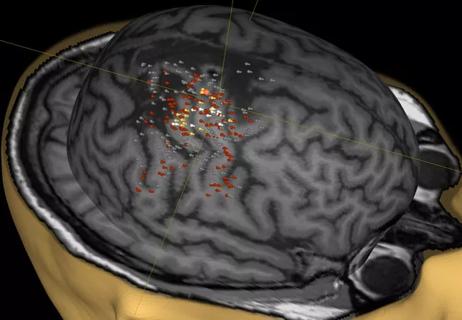
A noninvasive approach to map eloquent areas before surgery
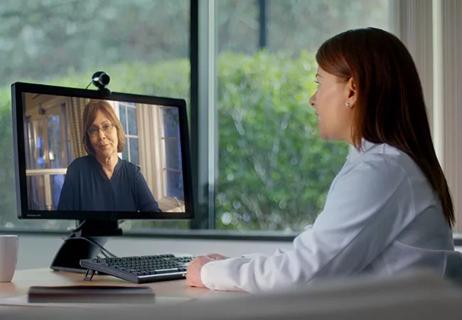
Physician reimbursement policy experts join forces with IT and coders to enable digital transformation

Minority Stroke Program focuses on outreach to racial and ethnic minority communities
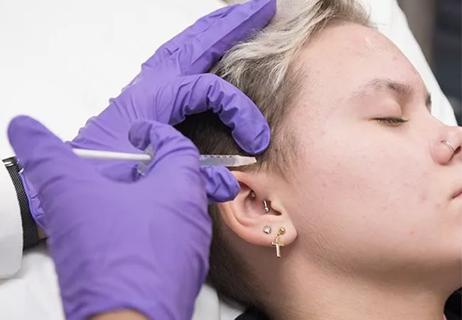
Excellent response seen with ongoing use in patients as young as 11

Q&A with a psychiatrist in Cleveland Clinic’s Transgender Surgery and Medicine Program

Time constraints, language barriers, substance misuse, mood disorders targeted for improvements
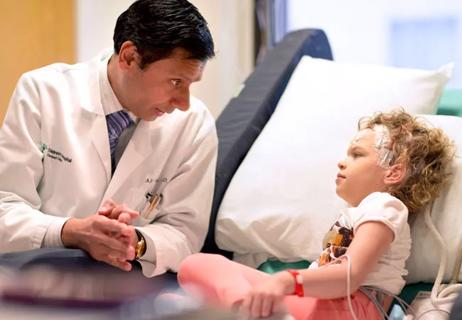
Project draws $1.6M to leverage telemedicine to create medical home, ease transition to adult care
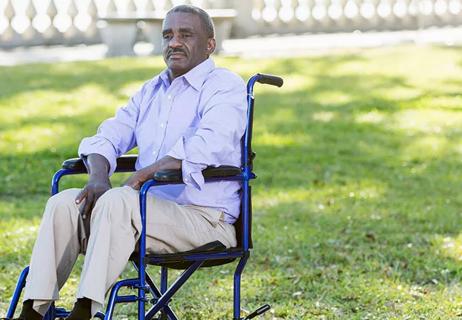
Comorbid depression is only one of the likely warning signs